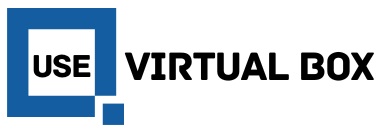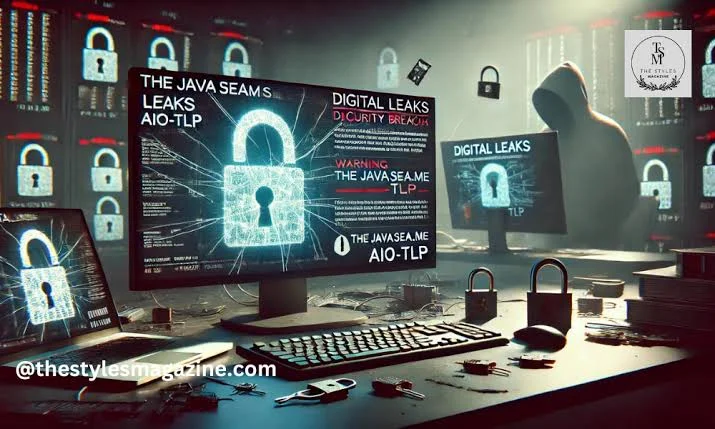Introduction to Thejavasea.me
The digital landscape is constantly evolving, but with progress comes the lurking threat of cyberattacks and data breaches. Recently, a significant event has rattled the online community: Thejavasea.me leaks AIO-TLP details have come to light, raising alarms among cybersecurity experts and organizations worldwide. This leak exposes sensitive information that could potentially impact countless individuals and businesses. As we delve into this topic, it’s essential to understand what exactly happened, who is affected, and how you can safeguard your own data against similar incidents in the future. Let’s explore this unfolding story together.
What is AIO-TLP?
AIO-TLP, short for All-In-One Threat Level Protocol, is a cybersecurity framework designed to categorize and manage threats. It aims to streamline the identification of potential risks across various digital platforms.
The protocol provides clear guidelines on threat classification, making it easier for organizations to assess vulnerabilities. This structure helps teams prioritize their responses based on severity levels, ensuring that critical issues are addressed promptly.
By utilizing AIO-TLP, businesses can enhance their security posture significantly. The framework encourages collaboration among different departments by establishing common language and understanding regarding cyber threats.
Moreover, AIO-TLP enhances communication within an organization during crises. With defined protocols in place, teams can respond more effectively and efficiently when facing real-time challenges posed by cybercriminals.
How Did Thejavasea.me Leak AIO-TLP Details?
Thejavasea.me, a notorious source for leaked data, recently made headlines by exposing sensitive AIO-TLP details. The method behind this breach remains shrouded in speculation.
Cybersecurity experts suggest that the leak may have stemmed from a vulnerability within the AIO-TLP framework itself. This could include misconfigured databases or unpatched software vulnerabilities that hackers exploit to gain access.
Another possibility is phishing attacks targeting individuals with privileged information about AIO-TLP. Once credentials are compromised, it becomes easier for malicious actors to extract confidential data.
Insider threats cannot be ruled out either; disgruntled employees may have played a role in leaking these critical details. The combination of social engineering tactics and technical exploits makes such incidents increasingly prevalent in today’s digital landscape.
As organizations scramble to assess the damage, questions about accountability and prevention linger in the air.
Impact of the Leak on Organizations and Individuals
The leak of AIO-TLP details from Thejavasea.me has sent shockwaves through both organizations and individuals. For businesses, this breach can lead to severe reputational damage. Clients and partners may lose trust, impacting future collaborations.
Individuals are not spared either. Personal data exposed in such leaks can be exploited for identity theft or financial fraud. The emotional toll on affected parties is significant; anxiety about privacy violations becomes a constant concern.
Organizations now face the daunting task of reassessing their cybersecurity protocols. Increased scrutiny from regulatory bodies may also follow, resulting in fines or additional compliance costs.
For many, this incident serves as a wake-up call to prioritize data protection measures more than ever before. As the digital landscape evolves, so too must our strategies for safeguarding sensitive information against similar threats.
Steps to Protect Your Data
Protecting your data requires a proactive approach. Start by using strong, unique passwords for all accounts. Consider employing a password manager to keep track of them securely.
Enable two-factor authentication wherever possible. This adds an extra layer of security that can thwart unauthorized access.
Regularly update your software and devices. Patches often include vital security fixes to defend against emerging threats.
Educate yourself about phishing scams and suspicious links. Be cautious with unsolicited emails or messages requesting personal information.
Backup your data frequently on external drives or cloud services. In case of loss or theft, having backups ensures you don’t lose everything.
Monitor your financial statements closely for any unusual activity. Early detection can help mitigate potential damage from identity theft or fraud risks.
Similar Cybersecurity Breaches in the Past
Cybersecurity breaches have become alarmingly common, with several high-profile incidents shaking organizations and consumers alike. One notable case was the Equifax breach in 2017, where sensitive data of over 147 million individuals was exposed. This incident highlighted vulnerabilities in corporate security measures.
Another significant breach occurred at Target in 2013. Hackers gained access to credit card information from about 40 million customers through compromised point-of-sale systems. This led to increased scrutiny on retail cybersecurity protocols.
In recent years, the SolarWinds attack illustrated how supply chain vulnerabilities can affect numerous companies simultaneously. Cybercriminals infiltrated software updates to gain access to thousands of organizations worldwide.
These breaches serve as a stark reminder that no entity is immune to cyber threats. Businesses need robust protection strategies to defend against these growing risks while fostering trust among their users and clients.
Conclusion and Final Thoughts
The recent leak of AIO-TLP details by Thejavasea.me has sparked significant concerns across various sectors. Organizations and individuals alike are left grappling with the implications of such a breach. Data security is more important than ever, as this incident serves as a reminder that no one is immune to cyber threats.
For those affected, it’s crucial to stay vigilant and proactive in protecting personal information. Implementing robust cybersecurity measures can mitigate risks associated with data breaches. Keeping software updated, using strong passwords, and being aware of phishing attempts can go a long way in safeguarding sensitive data.
As we reflect on past incidents similar to this one, it’s evident that the digital landscape requires constant attention and adaptation from all users. The frequency of these breaches emphasizes the need for ongoing education about cybersecurity practices.
Staying informed about developments like the Thejavasea.me leaks will help individuals and organizations better prepare for potential future challenges. Embracing an attitude of caution and awareness may very well be our best defense against evolving cyber threats today and tomorrow.








